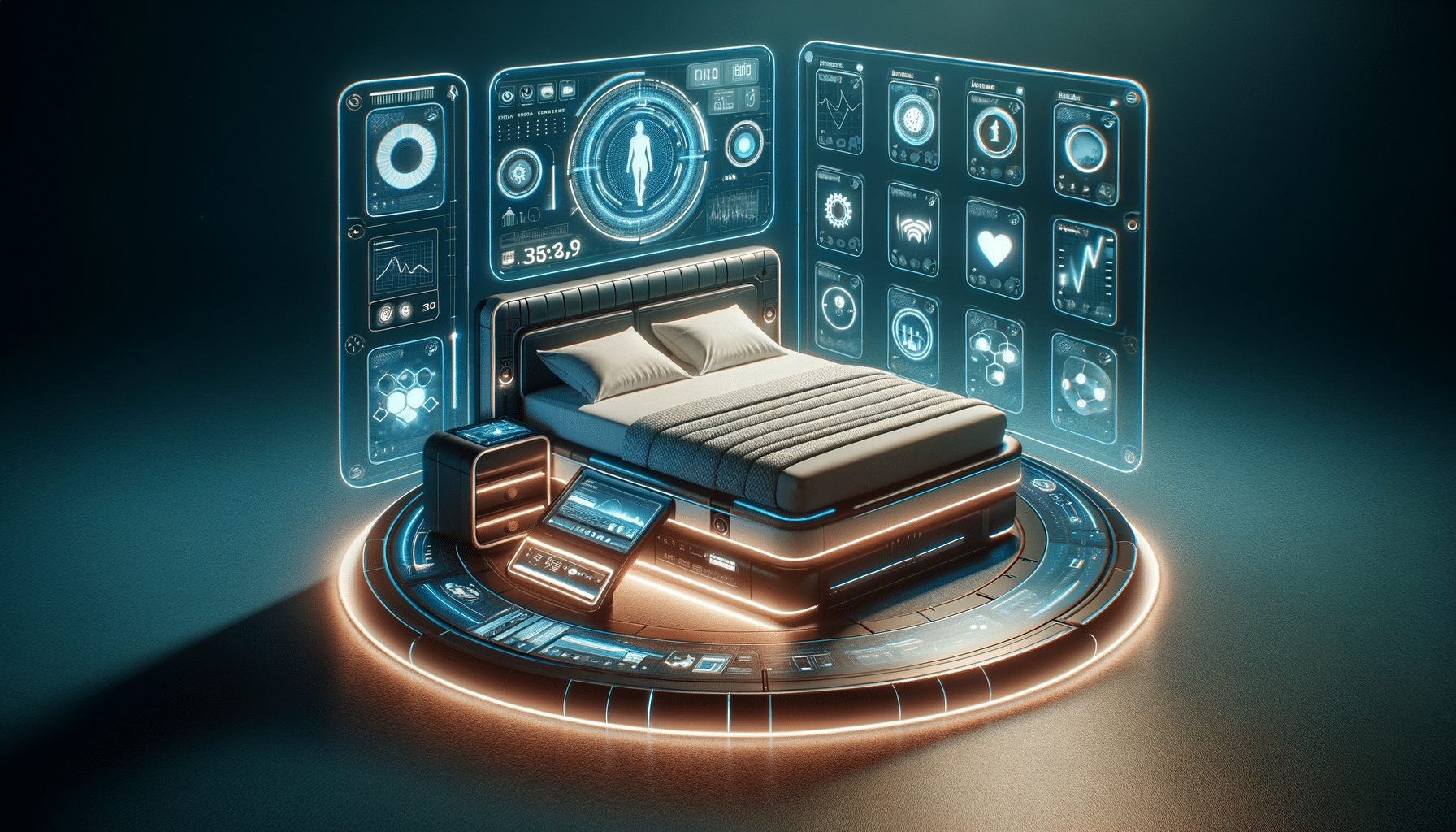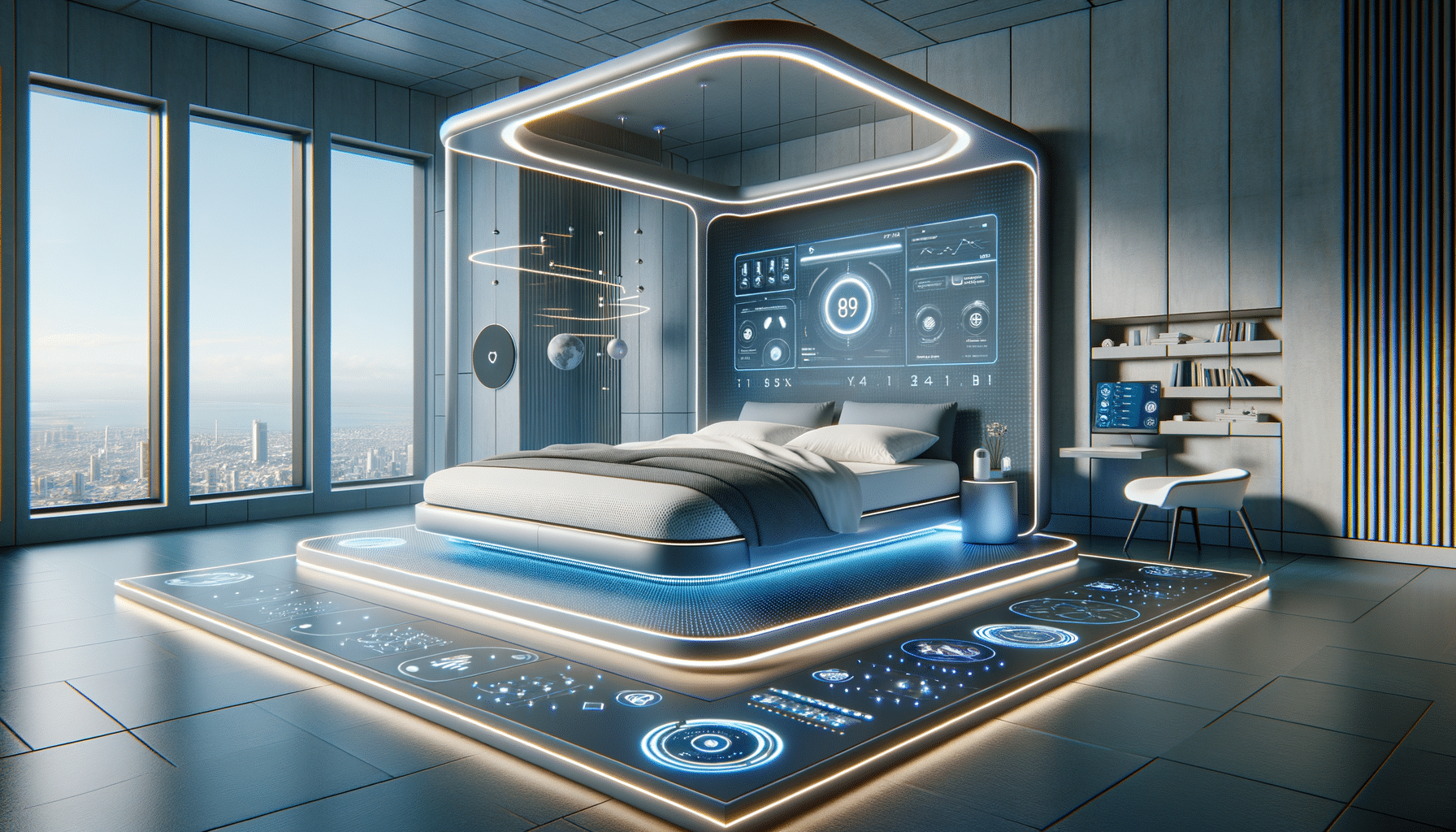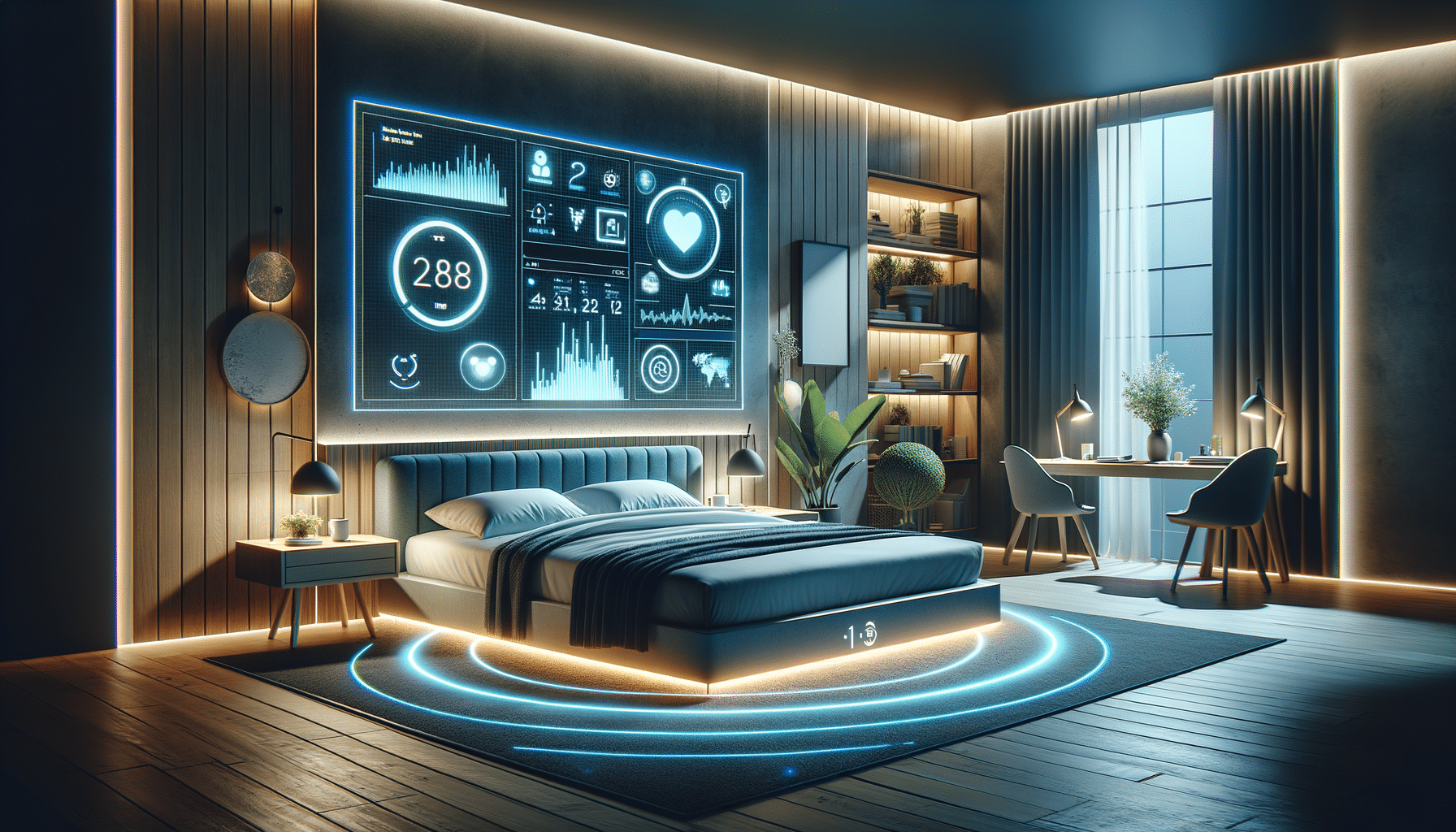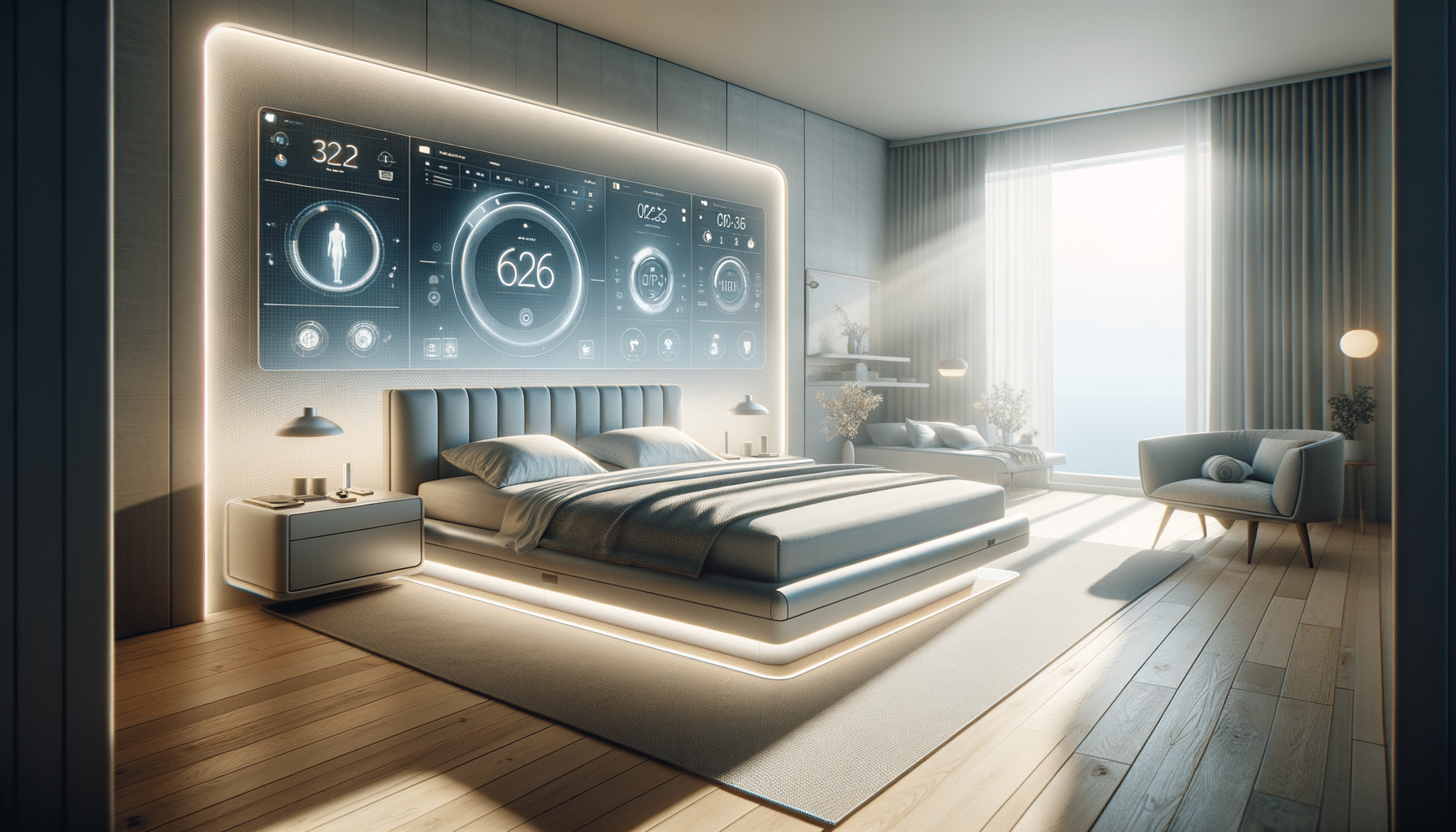
Exploring the World of Smart Beds: Innovation in Sleep Technology
Introduction to Smart Beds
In the ever-evolving landscape of home technology, smart beds have emerged as a fascinating innovation, blending comfort with cutting-edge technology. These beds are designed to enhance the quality of sleep by integrating various technological features that cater to individual preferences and health needs. As more people become health-conscious and seek ways to improve their sleep, smart beds are becoming increasingly relevant. They not only promise a good night’s sleep but also offer insights into sleep patterns and overall health.
Features of Smart Beds
Smart beds come equipped with a range of features that set them apart from traditional beds. These include:
- Adjustable firmness levels to suit individual comfort needs.
- Temperature control to maintain an optimal sleeping environment.
- Sleep tracking capabilities that monitor sleep patterns and provide feedback.
- Integration with smart home devices, allowing for voice control and automation.
- Anti-snore technology that adjusts the bed position to reduce snoring.
These features are designed to provide a personalized sleep experience, catering to the unique needs of each user. By leveraging technology, smart beds can significantly enhance sleep quality, leading to better health and well-being.
Benefits of Using Smart Beds
The primary benefit of smart beds lies in their ability to improve sleep quality. With features like adjustable firmness and temperature control, users can create an ideal sleeping environment. Additionally, the sleep tracking feature provides valuable insights into sleep patterns, helping users understand and improve their sleep habits.
Smart beds also contribute to health management. By tracking sleep data, they can alert users to potential health issues, such as sleep apnea or restless leg syndrome. This proactive approach allows users to seek medical advice and make necessary lifestyle changes.
Furthermore, the integration with smart home devices offers convenience and ease of use. Users can control their bed settings with a simple voice command or through a mobile app, making it easier to adjust settings without disrupting their sleep.
Challenges and Considerations
While smart beds offer numerous benefits, there are also challenges and considerations to keep in mind. One of the primary concerns is the cost. Smart beds are generally more expensive than traditional beds, which may not be feasible for everyone.
Another consideration is the technology itself. As with any smart device, there is a learning curve involved in understanding and using the features effectively. Additionally, privacy concerns may arise due to the data collection involved in sleep tracking. Users need to be aware of how their data is being used and ensure that their privacy is protected.
Lastly, the reliance on technology means that technical issues can arise, potentially disrupting the sleep experience. Users should be prepared for occasional troubleshooting and maintenance.
The Future of Smart Beds
The future of smart beds looks promising, with ongoing advancements in technology paving the way for even more innovative features. Future developments may include enhanced biometric sensors that provide deeper insights into health conditions, as well as integration with wider health management systems.
As the demand for personalized health solutions grows, smart beds are likely to become an integral part of smart homes, offering a seamless blend of comfort and technology. With continued research and development, smart beds will continue to evolve, providing users with more comprehensive sleep solutions.
In conclusion, smart beds represent a significant step forward in sleep technology, offering a range of features that enhance sleep quality and overall health. While there are challenges to consider, the benefits they provide make them a worthwhile investment for those seeking to improve their sleep and well-being.


